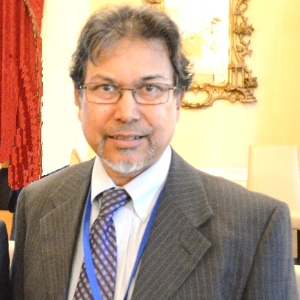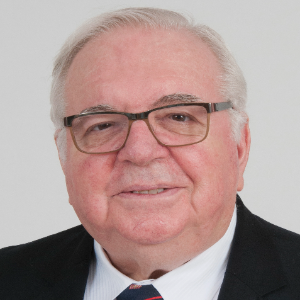Any material that can react to release energy is referred to as an energy material. Energy materials are a type of substance that has a lot of chemical energy stored in it that can be released. Energy materials are a large category of materials that can be used for energy conversion and transmission. Furthermore, energy materials have the potential to reduce the power consumption and efficiency of current equipment. Energy materials research encompasses a wide range of topics, including engineering devices. The definition of energetic substance is extremely broad, encompassing anything from simple automotive fuels like gasoline and diesel to powerful explosives like gunpowder, dynamite, and TNT.
Energy harvesting (EH) is a method in which energy is scavenged and converted from sources such as mechanical load, vibrations, temperature gradients, and light, among others, to generate relatively low amounts of power in the nW-mW range. Energy harvesting can be used to harvest a range of natural resources (e.g., the utilisation of mechanical vibrations and motion, magnetic field, and heat). The merit of the material is crucial to the performance of energy-harvesting devices that capture such broadband low-amplitude energy from the environment. The field of energy harvesting materials is rapidly expanding and gaining a lot of attention.
- Solar Energy Materials
- Catalysis and Energy Materials
- Carbon Materials in Energy
- Quantum dots
- Materials and Emerging Technologies for Energy Applications

Ephraim Suhir
Portland State University, United States
Thomas J Webster
Interstellar Therapeutics, United States
Robert Buenker
University of Wuppertal, Germany
Will Skene
Montreal University, Canada
Valeriy A Buryachenko
Micromechanics & Composites LLC, United States
Anis Rahman
Applied Research & Photonics, Inc, United States
Will Skene
Montreal University, Canada
Robert Guidoin
Laval University, Canada
Robert Buenker
University of Wuppertal, Germany


Title : Introducing picotechnology: An exciting extension of nanotechnology
Thomas J Webster, Interstellar Therapeutics, United States
Title : The failure of both einsteins space-time theory and his equivalence principle and their resolution by the uniform scaling method
Robert Buenker, University of Wuppertal, Germany
Title : Material challenges with proton conducting ceramics for intermediate temperature hydrogenation/dehydrogenation applications
Saheli Biswas, Commonwealth Scientific and Industrial Research Organisation, Australia
Title : Porphyrin layers at metal-electrolyte interfaces monitored by EC-STM and CV
Marek Nowicki, University of Wroclaw, Poland
Title : Color control of electrochromes by structural modification
Will Skene, Montreal University, Canada
Title : Make experiments more efficient: Two simple and powerful approaches. Mg2Si growth for photovoltaic and thermoelectric applications
Alexander S Gouralnik , Institute of Automation and Control Processes, Russian Federation
Title : Reconfigurable antenna structures using tunable materials
Nasimuddin, Institute for Infocomm Research, Singapore
Title : (0, 1 and 2) Dimensional hybrid architecture of the synthesized materials leads the smart sensing of the gaseous species at low/room temperature
D R Patil, North Maharashtra University, India
Title : Enhanced grain refinement, precipitates regulation, and improved mechanical properties of cast Al-Li alloy by Ti addition and heat treatment
Lixiong Shao, Shanghai Jiao Tong University, China
Title : Broadband sound attenuation of shape memory polymer with triangular-honeycomb unit cell metamaterial structural design
Musaab Ejaz, Universiti Teknologi PETRONAS (UTP), Malaysia